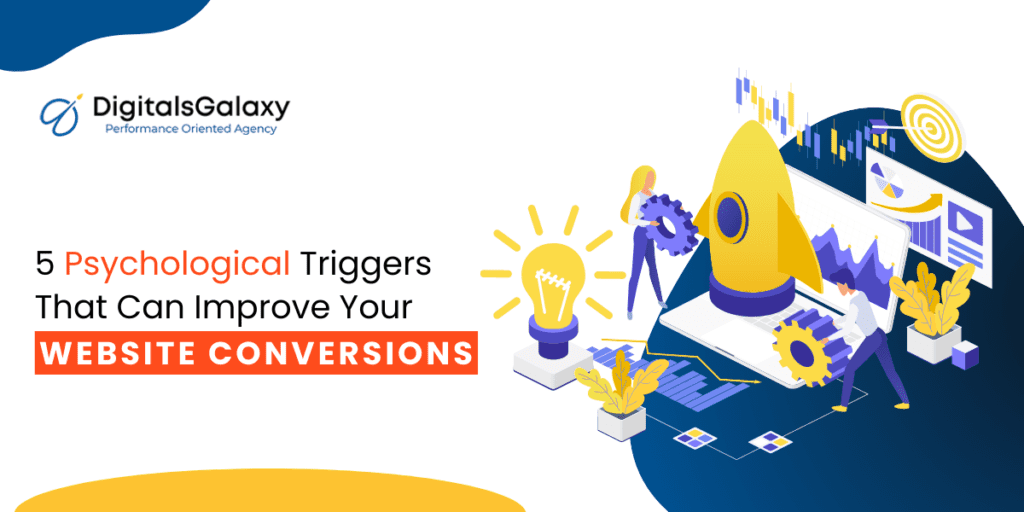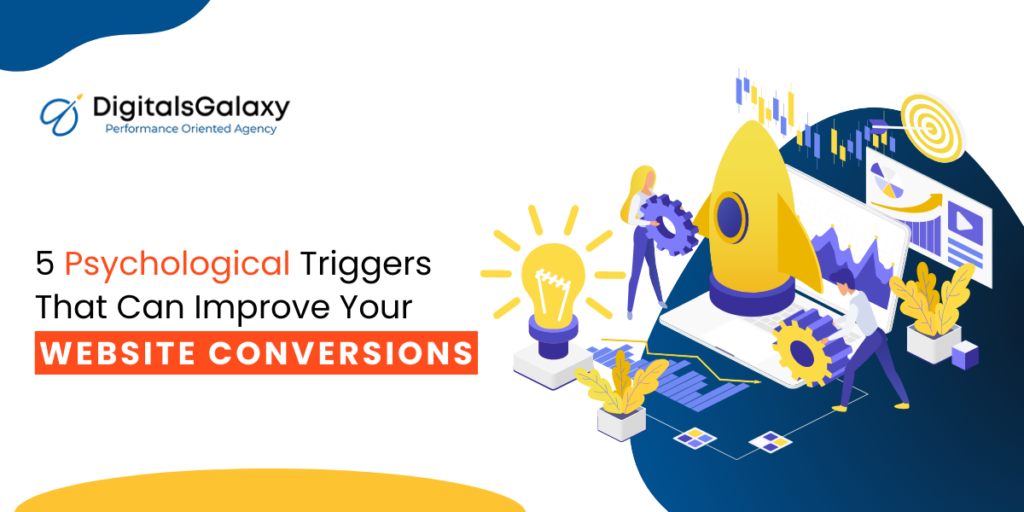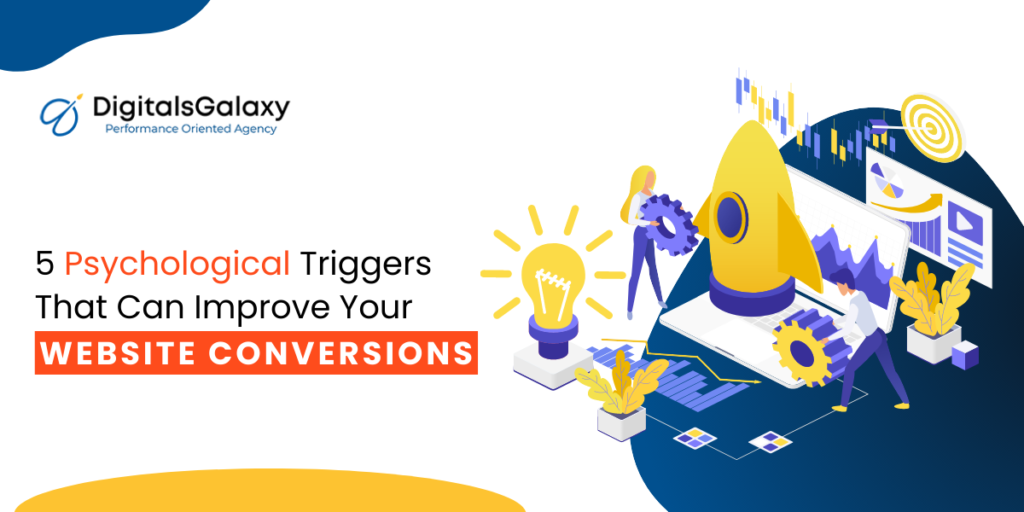AI and machine learning play a critical role in predictive marketing. With these technologies, predictive marketing can process large amounts of data and identify patterns that humans cannot perceive. Using AI and machine learning, predictive marketing can provide accurate and real-time predictions essential for successful marketing strategies.
Predictive analytics, artificial intelligence, and machine learning help companies make better decisions by anticipating what will happen. These approaches can predict future outcomes by analyzing current and past data. As such, the terms AI, machine learning, and predictive analytics are sometimes used synonymously, but although they are interrelated, they belong to three different disciplines. AI is about creating intelligent machines to simulate human thinking and behaviour. Machine learning can be used in many ways, while predictive analytics focuses on predicting certain variables and situations.
Artificial intelligence (AI) and machine learning (ML) have entered the marketing world recently. Predictive marketing, in particular, has seen a significant impact from applying these technologies. Predictive marketing uses data, analytics, and algorithms to predict and forecast customer behaviour, preferences, and needs.
What is predictive analytics?
Predictive analytics is not a tool but a process by which businesses can get help analyzing future outcomes or predicting future needs. Several AI tools based on a machine learning algorithm are needed to do this analysis.
Predictive marketing is a data-driven marketing approach that uses statistical algorithms, machine learning, and AI to predict customer behaviour and preferences. It uses data mining techniques to analyze past behaviour and patterns to make informed decisions about future marketing strategies. By analyzing data and identifying patterns, predictive marketing can provide insights into what customers want and need, what will make them buy, and how they will respond to marketing campaigns.
Advantages of AI and machine learning in predictive marketing
The advantages of AI and machine learning in predictive marketing are significant. These technologies enable businesses to gain valuable insights into customer behaviour and preferences, tailor their marketing campaigns to specific groups of customers, and make accurate real-time predictions. By adopting these technologies, businesses can improve their marketing strategies and increase their ROI. AI and machine learning is transforming the way businesses approach predictive marketing. These technologies enable businesses to gain valuable insights into customer behaviour and preferences, tailor their marketing campaigns to specific groups of customers, and make real-time predictions. As AI and machine learning continue to develop, the future of predictive marketing looks bright, and businesses that adopt these technologies are likely to see significant benefits in their marketing strategies.
The advantages of AI and machine learning in predictive marketing are numerous. Here are some of the most significant advantages:
Accurate Predictions: AI and machine learning algorithms can process large amounts of data and find patterns that humans can’t. Forecast marketing can accurately predict future behaviour and preferences by analyzing historical data and customer behaviour.
Real-time Predictions: AI and machine learning can make real-time predictions in predictive marketing. With the help of AI and machine learning, predictive marketing can analyze customer behaviour and preferences in real time, enabling marketers to adjust their marketing strategies on the fly.
Micro-segmentation: Finding micro-segments is one of the most significant benefits of AI and machine learning in predictive marketing. Micro-segments are small groups of customers that share similar behaviour patterns and characteristics. By tailoring marketing campaigns to specific groups of customers, predictive marketing can make marketing campaigns more effective and efficient.
Personalization: AI and machine learning can be used in predictive marketing to tailor marketing messages, and customer offers to each person. This can improve customer engagement and increase conversion rates.
Predictive Lead Scoring: AI and machine learning can also be used in predictive lead scoring. Lead scoring is a way to rank possible customers based on how likely they are to become customers. AI and machine learning can analyze historical data to identify which characteristics and behaviours are common among customers who are likely to convert and then score potential leads based on these criteria. This can save time and resources by allowing sales teams to focus on the most promising leads.
Predictive Content Marketing: This type of marketing uses data and analytics to identify what types of content are most likely to engage a specific audience. Using AI and machine learning to analyze historical data, predictive content marketing can identify the types of content most likely to resonate with a specific audience and tailor content creation and distribution to meet those preferences.
Uses of Predictive Analytics in Business.
Optimizing AI Marketing Campaigns
One of the best reasons to use predictive analytics is to keep track of your AI marketing campaign from start to finish. Once the campaign is up and running, you can track sales, keep an eye on how customers respond, and understand the customer’s buying journey. Predictive analytics make promoting your product more accessible, bringing in new customers and even keeping old ones. Also, it helps businesses understand their customers and what they will need in the future.
Optimizing operations and lowering costs
Companies do a lot of business online, and it can be hard for them to keep track of their inventory and supplies if they do it manually. They employ predictive analysis to forecast stockpiles and inventories. For example, if a big holiday sale is coming up, you must be ready to ensure your stock is full to boost sales and give your customers a better experience. When you use tools that are based on predictive analytics, you can automatically get access to all measurable assets.
Easy to keep an eye on your services
The number of businesses will provide a measurable number of assets, subscriptions, credits, and other services like these. To keep track of the individual services you use, you will either stay aligned for the following market pitch or resubscribe to their package. Once you refill the credits or package, you will eventually get paid. In the same way, no one can get more recognition for your services unless you let them.
Identifying Fraudulent Activities
Combining several analytics techniques makes it easier to find patterns and makes it less likely that illegal activity will happen. As cybersecurity concerns increase, high-performance behavioural analytics monitors all network activity in real-time for anomalies that may indicate zero-day vulnerabilities, fraud, or advanced persistent attacks.
Bottom Line
Predictive analytics can make a business more successful by measuring its potential. It also helps you find flaws and ways to improve your workflow structure. Businesses will be ready for upcoming AI marketing campaigns with the best data about sales, customer bases, and the buying process.
The Future of Predictive Marketing
With AI and machine learning improving, the future of predictive marketing looks bright. Predictive marketing will become even more accurate and effective when these technologies advance, more accessible to businesses of all sizes as AI and machine learning cost decrease. Predictive marketing has become integral, allowing businesses to anticipate customer behaviour and deliver targeted and personalized marketing messages. As technology keeps improving, predictive marketing will likely become even more innovative and effective.
One of the key trends in the future of predictive marketing is the use of real-time data. With the rise of connected devices, marketers will have access to even more data about consumer behaviour, allowing them to deliver more personalized and timely marketing messages. Another significant trend is the integration of voice and visual search. Marketers must adapt to these new search methods by incorporating voice and visual search data into their predictive models to predict consumer behaviour accurately.
Also, predictive marketing will focus more and more on predicting the lifetime value of customers. This will help businesses build longer relationships with customers and give them more personalized experiences over time. Augmented and virtual reality offer exciting new ways to use predictive marketing. For instance, businesses can use these technologies to make immersive experiences that keep customers’ attention and make them happy. Lastly, as people become more concerned about data privacy and security, predictive marketing must change to ensure that customer data is collected and used honestly and fairly.
Overall, the future of predictive marketing is made up of marketing campaigns that are personalized and aimed at specific groups of people. These campaigns will be driven by sophisticated data analysis and artificial intelligence. Businesses that follow these trends will be in a good position to market to their customers more effectively and excitingly.






